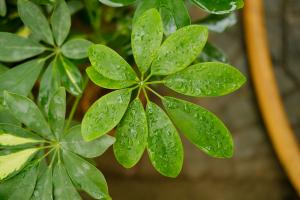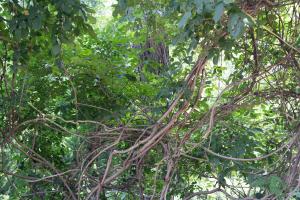Gardenia does not blossom
Soil too alkaline
Gardenia likes slightly acidic soil. Relatively speaking, the northern soil has high salt content and alkaline soil, which will make the plant yellowing and affect flowering
Improvement measures: before planting gardenia, treat the soil as acidic. In the maintenance, you can use ferrous sulfate to water the plants, or add a little vinegar when watering

Insufficient light
Gardenia likes sunshine, but cannot be illuminated by strong light. Improper illumination (too strong or too weak) will affect flowering
Improvement measures: when maintaining Gardenia at home, it can be placed on the balcony facing south, with at least four hours of light every day. When the light is strong in summer, it can be properly shaded

Insufficient fertilization
During the growth of mastflower, excessive water and fertilizer will make the plant grow in vain. If water and fertilizer are insufficient, the plant will not get sufficient nutrients for growth, and flower buds are difficult to form, resulting in no flowering or less flowering. Even if it blooms, it is easy to fall flowers and buds. In addition, plants lack phosphorus and potassium fertilizer, and excessive nitrogen fertilizer will also affect the formation of flower buds
Improvement measures: when changing the pot of gardenia, enough organic fertilizer can be added at the bottom of the pot. During the growth period, thin liquid fertilizer can be applied once a month. From April to the emergence of flower buds, potassium dihydrogen phosphate can be sprayed once a week to promote the differentiation of flower buds

Not pruned for a long time
Gardenia branches have strong vitality. If they are not trimmed for a long time, it will cause messy branches and insufficient nutrient supply, which will make it difficult for flower buds to differentiate. Therefore, the plant lacks nutrients and is difficult to blossom
Improvement measures: prune the bare branches, overlapping branches, sick and weak branches in time during the growth period, so as to promote the differentiation of flower buds

Jasmine doesn't blossom
Alkaline soil
Like gardenia, jasmine also likes acidic soil. If the soil is alkaline, the plant will not bloom
Improvement measures: change the basin once a year or pour ferrous sulfate once every half a month. Apply more organic fertilizer and less chemical fertilizer

Insufficient light
Jasmine likes the environment with strong light. As the saying goes, "Jasmine can't die in the sun". When the light is insufficient, the leaves are small and thin, so it's difficult to form flower buds
Improvement measures: place Jasmine in a place with sufficient light in the courtyard and balcony, so that it can see more sunshine, which is conducive to the germination of flower buds

Nutrient deficiency
Jasmine is a flower with strong fertilizer preference. If the fertilizer is insufficient, it is difficult to blossom
Improvement measures: when summer enters the full flowering period, apply the decomposed thin liquid fertilizer every 3 ~ 5 days; During the flowering period of pregnant buds, apply organic fertilizer solution dominated by phosphorus every 3 days, such as cake fertilizer water, chicken and pigeon dung, calcium superphosphate, bone powder, etc., or spray 0.2% potassium dihydrogen phosphate 1 ~ 2 times, the flowers will be colorful and have stronger fragrance

What problems do you have, flower care friends
Welcome to leave a message to Huahua ~

 jackfruit
jackfruit snake plant
snake plant hibiscus
hibiscus hydrangea
hydrangea lavender
lavender Green roses climb al...
Green roses climb al... If you don't pay att...
If you don't pay att... Management of four g...
Management of four g...
































